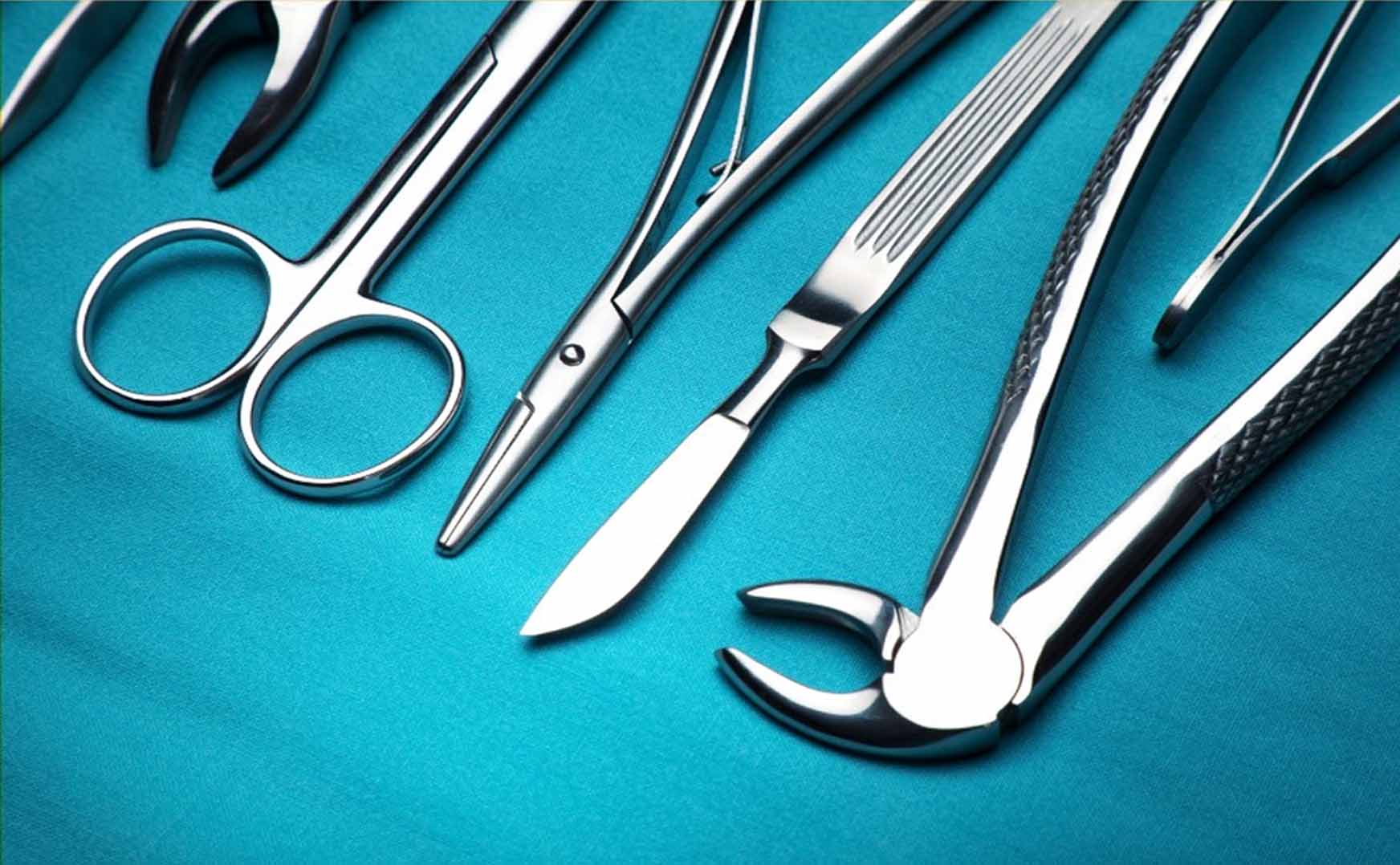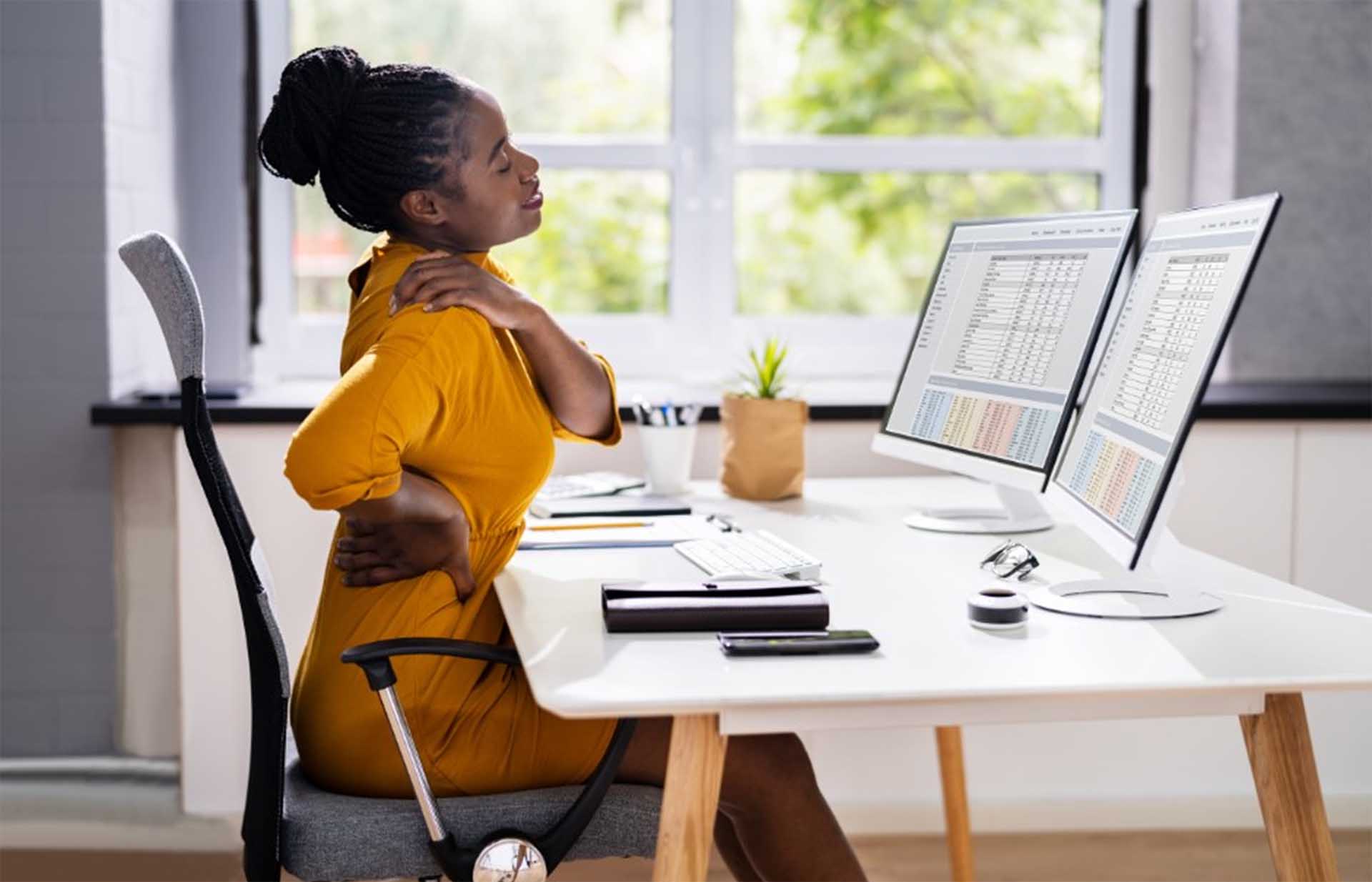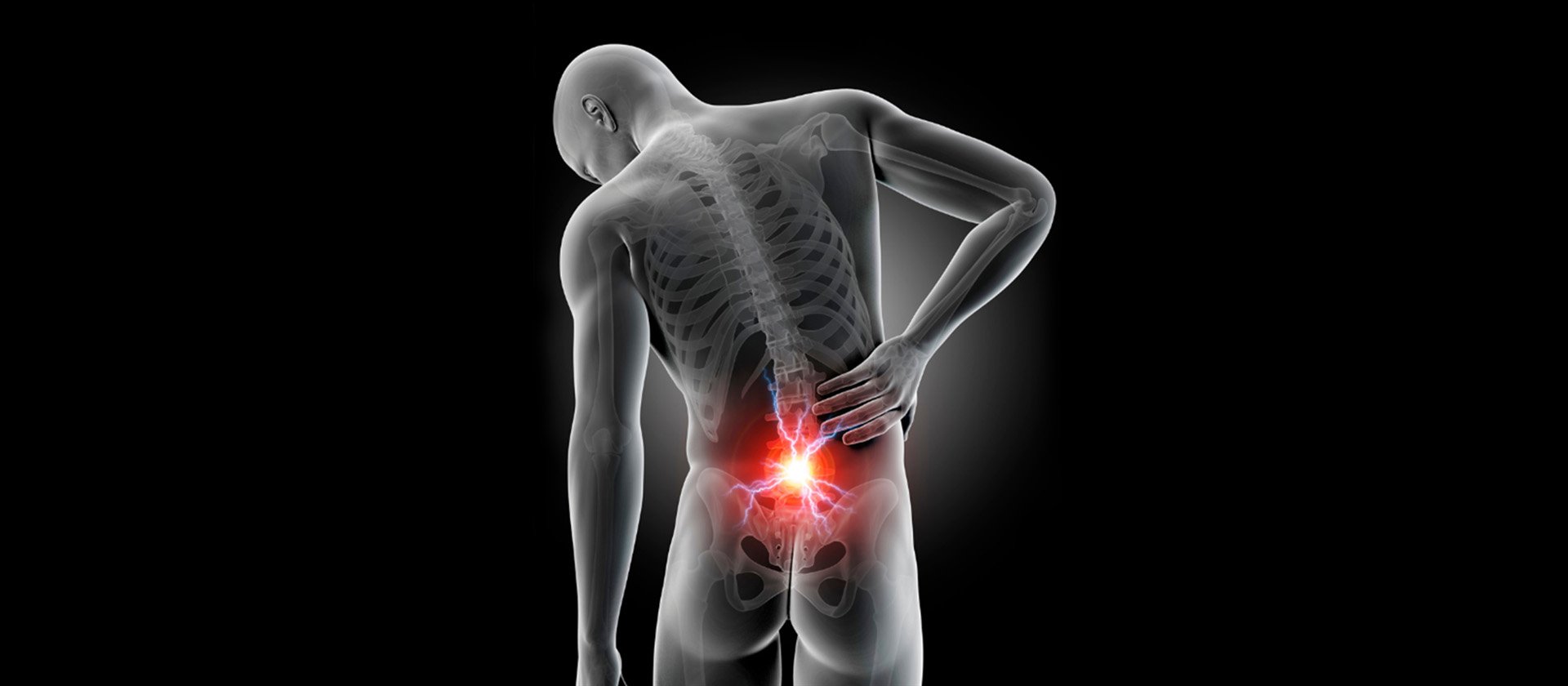Hi there! I'm Dr. Ashley Williams, a physical therapist and I'm thrilled to share some insight and tips with you today to help your cervical spinal stenosis. This condition, which primarily affects the spinal canal located in the neck, can be quite difficult to manage, but with knowledge comes power, and you can take that knowledge to make a significant difference in your quality of life.
What is Cervical Spinal Stenosis?
Before we dive right into the "things to avoid", let's start by trying to understand what cervical spinal stenosis is. This condition occurs when the spinal canal located in the neck or cervical spine narrows, compressing the spinal cord and nerve roots. Common causes include degenerative changes in the spine, such as disc herniation, bone spurs in the spine, or ligament changes over time. The symptoms of cervical spinal stenosis can range from neck pain and immobility to more severe issues like numbness, tingling, or weakness in the arms and legs.
The most ideal management of cervical spinal stenosis is one that involves a combination of medical treatments, physical therapy, and lifestyle modifications. In this blog, I'll focus on the latter, specifically, the things you should avoid reducing the worsening of your condition.
Poor Posture
Let's start with the basics. Maintaining good posture is crucial for everyone, but it's even more important for individuals with cervical spinal stenosis. Avoid slouching and/or sitting with your head forward of your body, as this puts unwanted pressure on the neck. Instead, practice good posture by sitting up straight, keeping your shoulders back, and maintaining the natural “S” curve of your spine. Consider using ergonomic furniture that supports your pelvis in sitting to help maintain proper alignment.
High-Impact Activities
Activities that involve a lot of jarring or impact, such as running, burpees, or jump squats, as these activities can worsen cervical spinal stenosis symptoms. These activities can be beneficial to maintain a healthy lifestyle but put additional stress on the neck and spine. Throughout your workouts, aim to incorporate low-impact exercises like swimming, walking, or cycling, which provide cardiovascular health benefits without the excessive strain on your neck.
Heavy Lifting
Avoid lifting heavy weights or objects, even carrying heavy objects can put excessive strain on your neck and back. If lifting is necessary, use proper lifting techniques, make sure the object isn’t too heavy, lift using a squat technique without bending over, and be sure to keep the object close to your body. It's essential to engage your core muscles and distribute the load evenly to avoid exacerbating your condition.
Overhead Activities
Activities that involve reaching overhead, like painting a ceiling or reaching for tall shelves, can worsen cervical spinal stenosis symptoms. These movements can compress the spinal cord and nerves further. If you need to perform such tasks, use a step stool or a ladder to minimize neck strain and take frequent breaks.
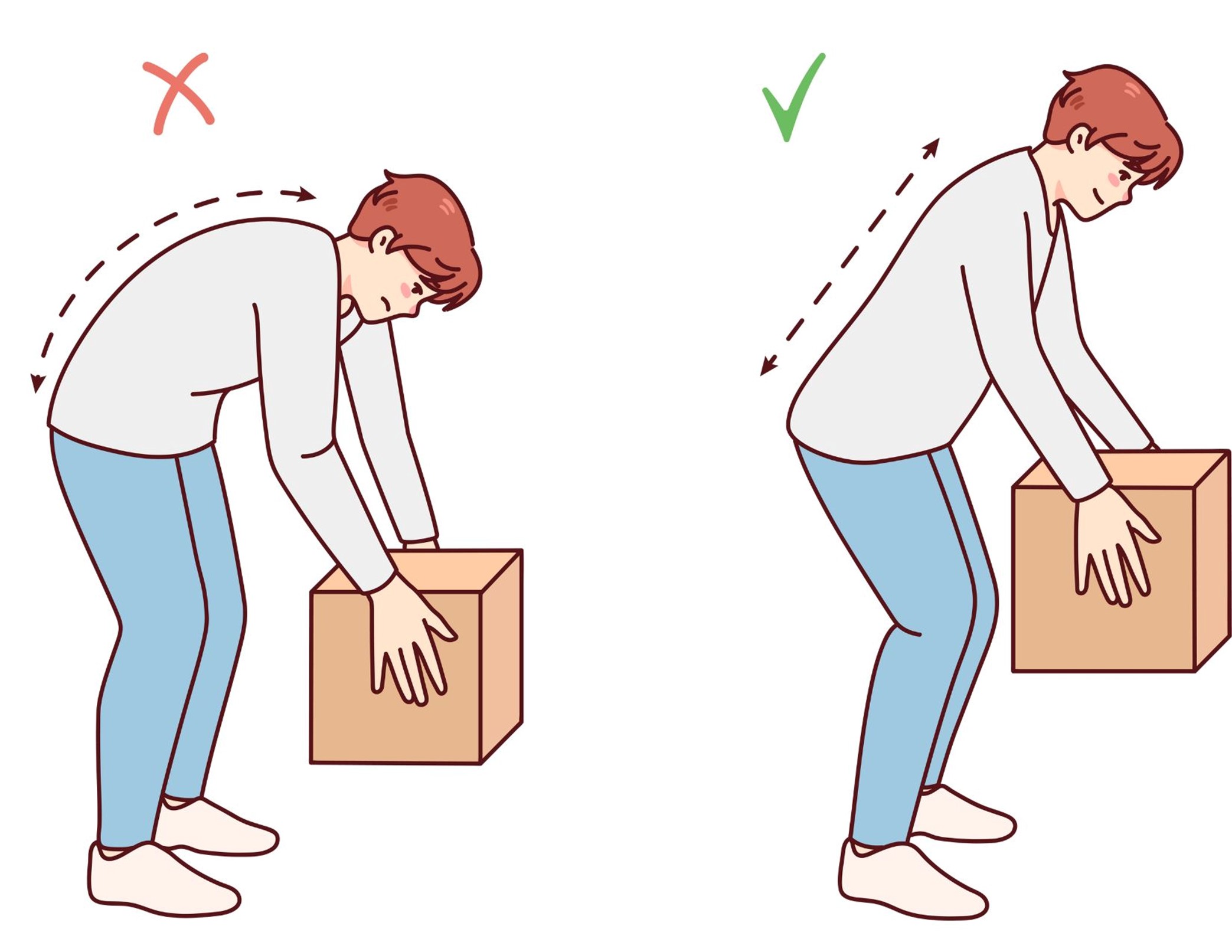
Prolonged Sitting or Standing
A healthy balance between sitting and standing throughout the workday is advised, but prolonged sitting/standing for 4+ hours can lead to discomfort and stiffness in the neck and back. To avoid exacerbating cervical spinal stenosis, break up long periods of sitting or standing with stretching or going for a short walk. Consider using ergonomic chairs with a pelvis support and or sit-stand desks to promote movement throughout the day.
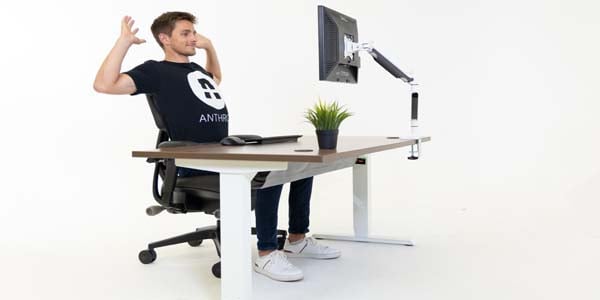
Inadequate Sleep Support
Your sleep environment plays a significant role in managing cervical spinal stenosis. Invest in a comfortable mattress and support pillows that provide adequate support for your neck and spine. Sleeping on your back with a supportive pillow that maintains natural cervical alignment is generally recommended for those with this condition.
Conclusion
Cervical spinal stenosis is a painful and challenging condition, but with the right approach, you can minimize its impact on your life. Avoiding poor posture is a key component of reducing the impact of cervical stenosis by investing in an ergonomic office chair with pelvis support, not lumbar support. Be sure to also avoid high-impact activities, heavy lifting, overhead tasks, prolonged sitting or standing, and inadequate sleep support are crucial steps in managing your condition.
However, it's important to remember that everyone's experience with cervical spinal stenosis is unique. Be sure to consult with a trained medical professional, such as a physical therapist or orthopedic specialist, to create a personalized plan that suits your needs. With the right guidance and lifestyle adjustments, you can lead a more comfortable and improve your quality of life despite cervical spinal stenosis.
Low Back Pain-Spinal StenosisRecent Post
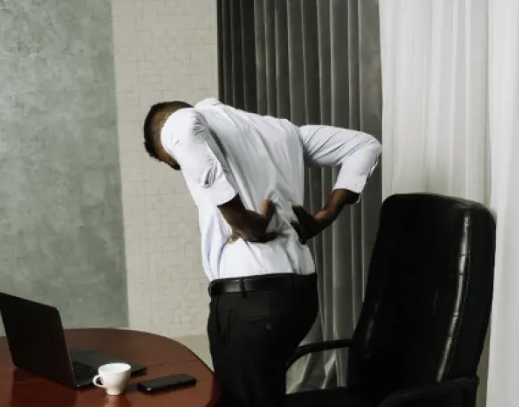
Exercises to Avoid With a Herniated Disc
March 6, 2025A herniated disc can put a serious damper on...

Gentle Back Exercises for Lower Back Pain & Herniated Discs
February 17, 2025Adding a cushion to your office or gaming chair...
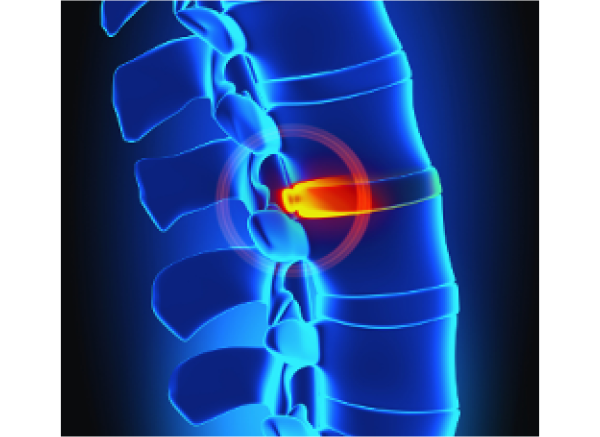
Bulging Disc vs. Herniated Disc:
February 5, 2025Adding a cushion to your office or gaming chair...






